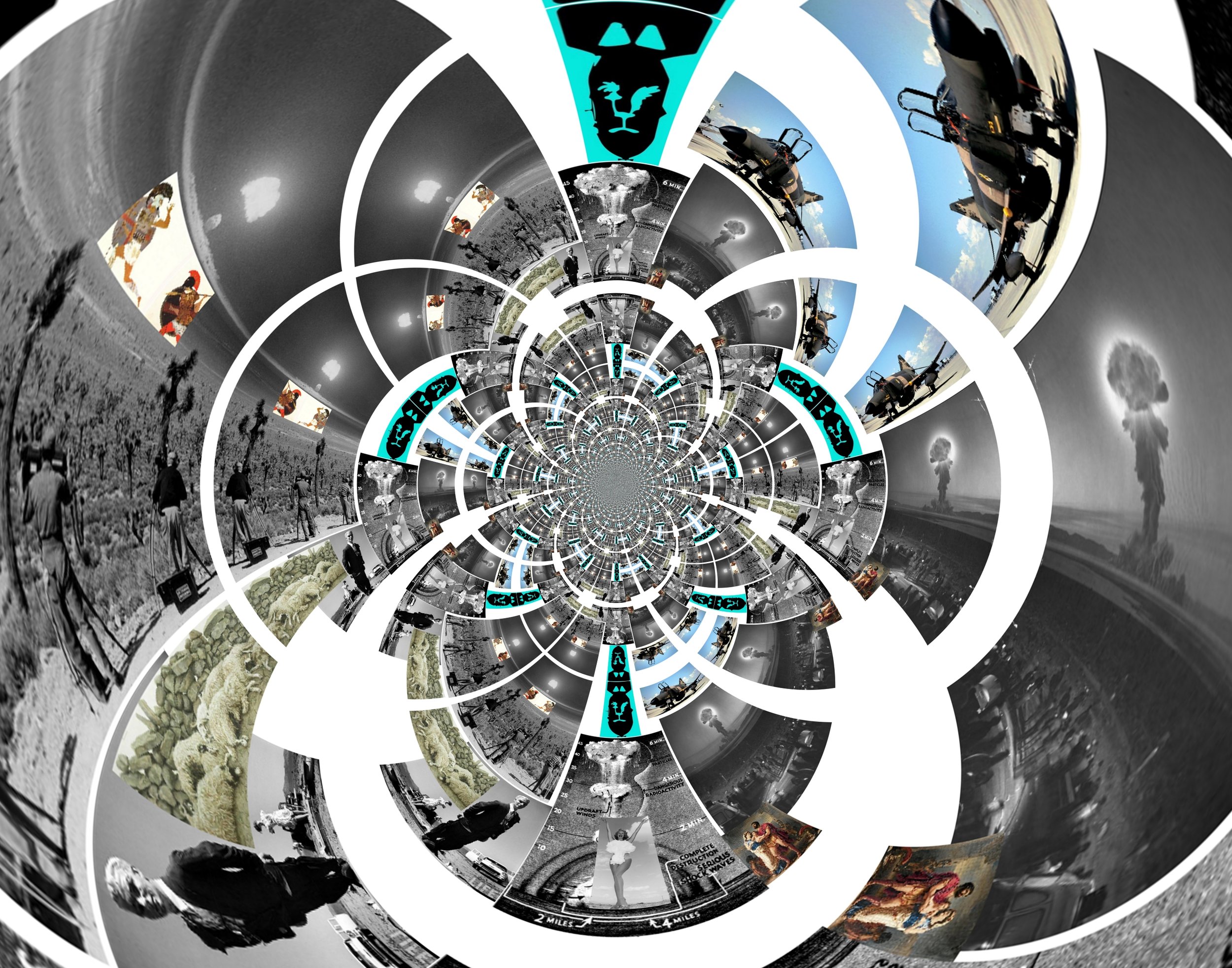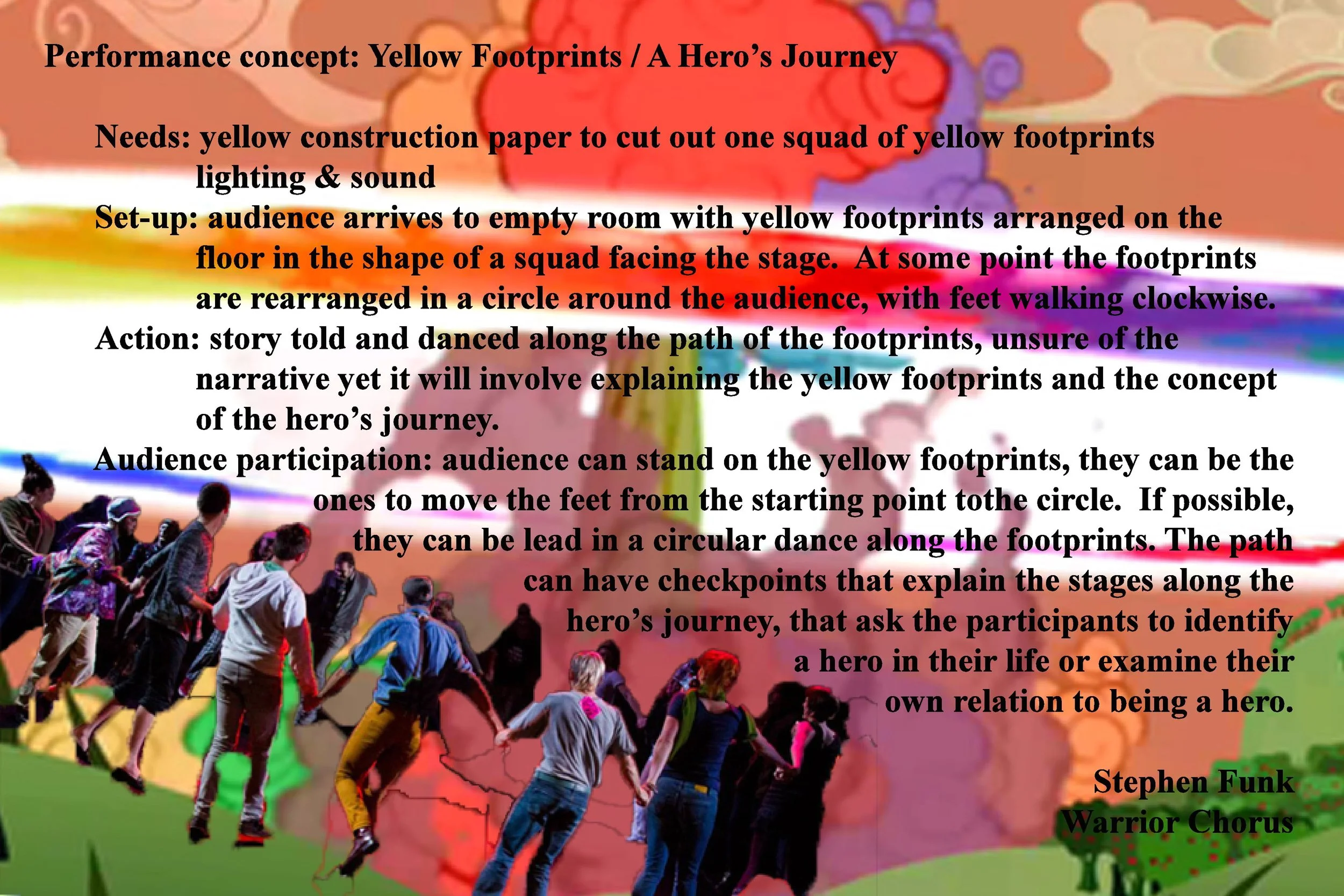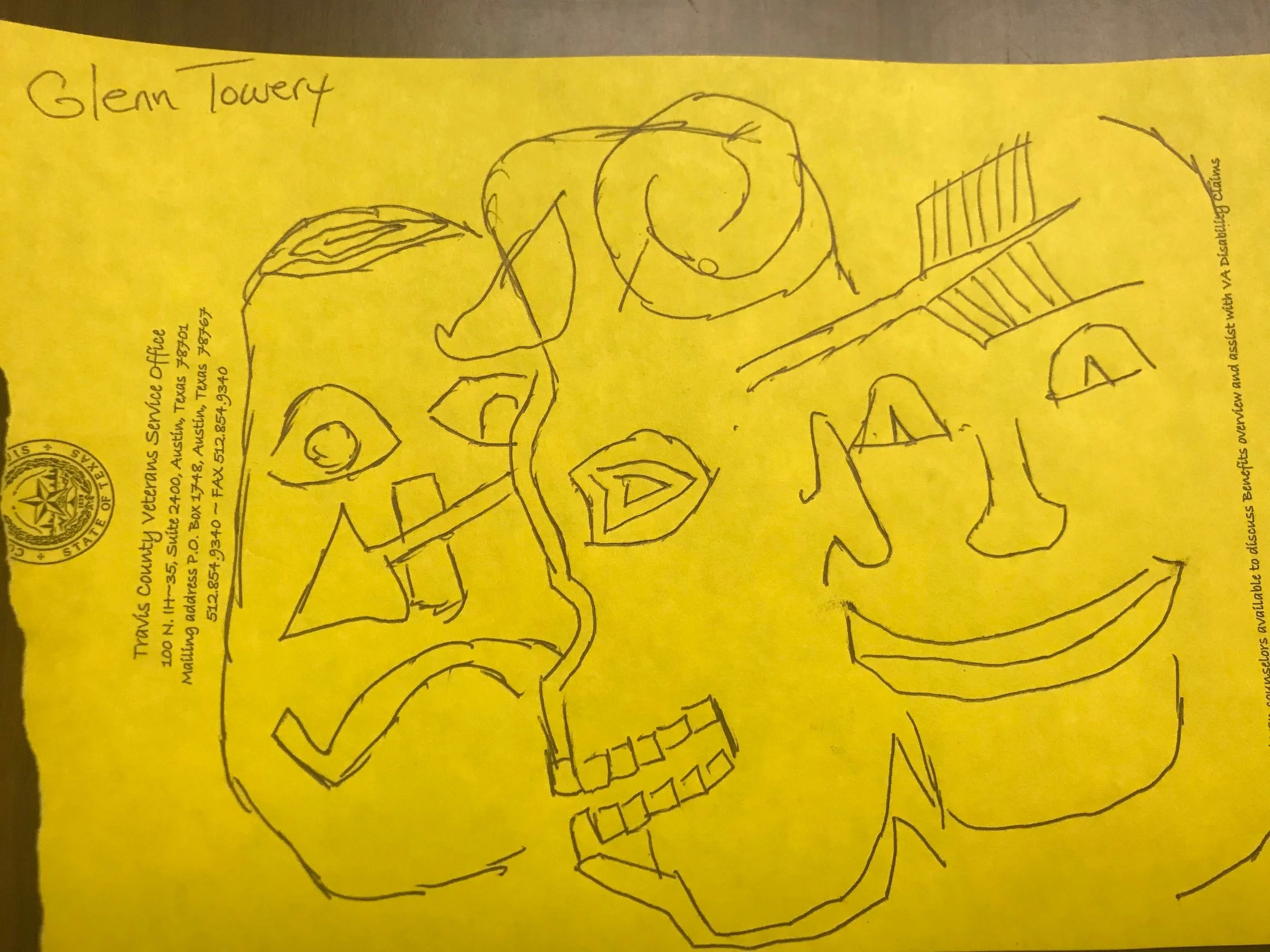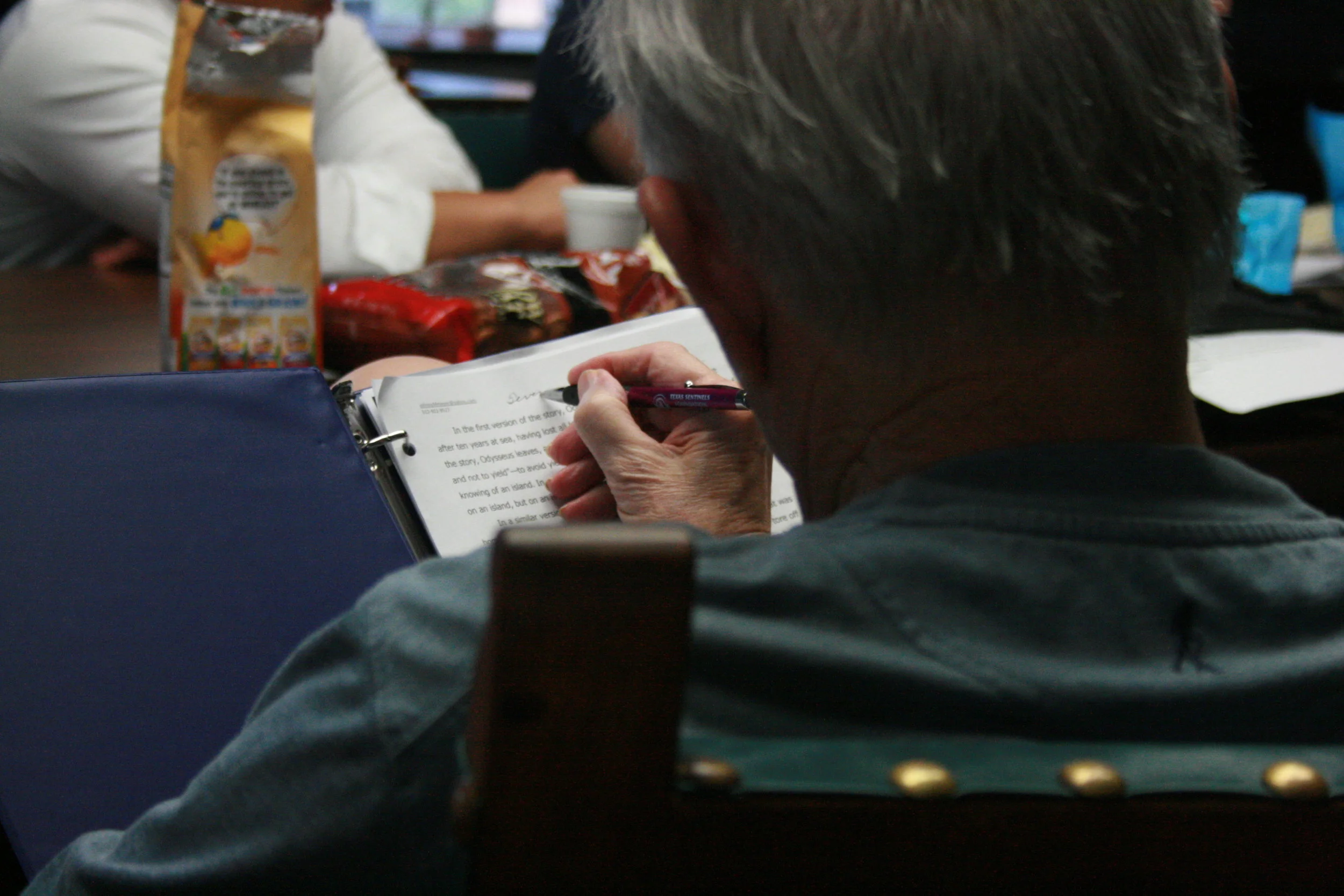By Peter Meineck
What does it mean to be staging Shakespeare’s Julius Caesar on Veteran’s Day in 2022? This is Aquila’s fifth production of the play; the first in 1994 also toured extensively in the United States as well as playing New York. Yet it is this current production that feels the most urgent and relevant of all the versions we have staged. In many ways the concept for this Caesar has been informed by our work with the veteran community over the past decade. The Warrior Chorus has grown from a local library public program to a major national initiative with centers in California, Florida, Texas and New York and performances, readings, discussion groups, public talks, workshops, and training programs right across the country. There is no doubt that this work with veterans has had a profound impact on this show.
At its heart, Julius Caesar is a tragedy about what can happen to a republic in the face of autocracy, and it asks, what would you do in a similar situation? Although ancient Rome was not a democracy in the modern sense, its republic did have democratic elements that helped balance its constitution. One of them was the elected tribunes of the people, who represented the voices of many Romans and are pointedly “put to silence” by Caesar’s henchmen at the start of the play. Brutus, Cassius, and other leading Romans feel that the time has come to act, though the act itself be both drastic and illegal – assassination. The result is not the restoration of the republic but a long and brutal civil war that results in many deaths and the rise of a new autocrat, Octavian, soon to become the emperor, Augustus.
As the threats to democracy mount all over the world the analogies to our times are clear. in Ukraine, one nation defends itself against a vicious invasion led by a ruthless autocrat and the visual references to this fight for democracy and freedom in our production are intentional. On Veterans Day we take a moment to recognize the people that served their country in the name of democracy and our republic, experiencing Julius Caesar on such a day, with veterans on our minds, might help us to appreciate their service and the importance of the values they themselves served - liberty and justice for all.










